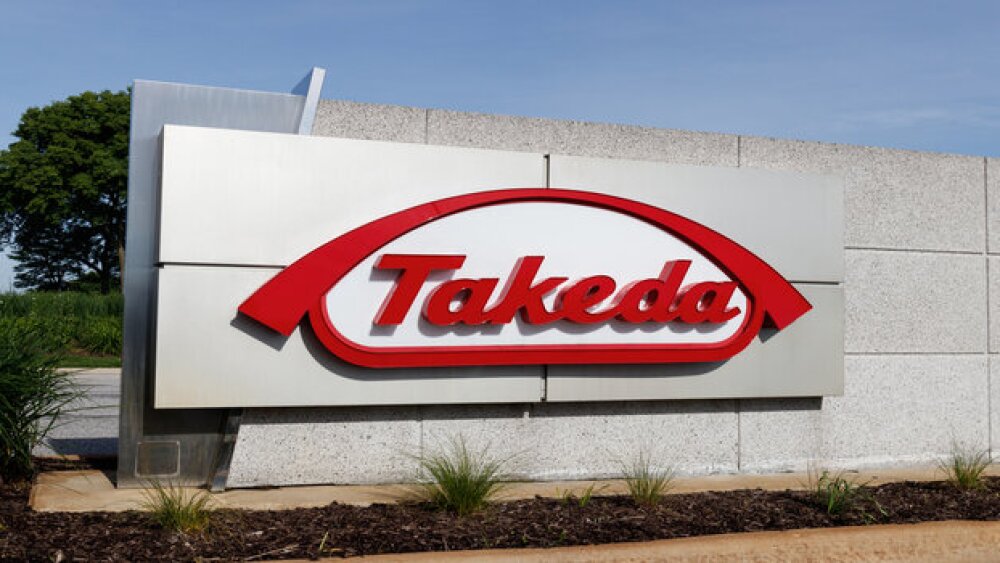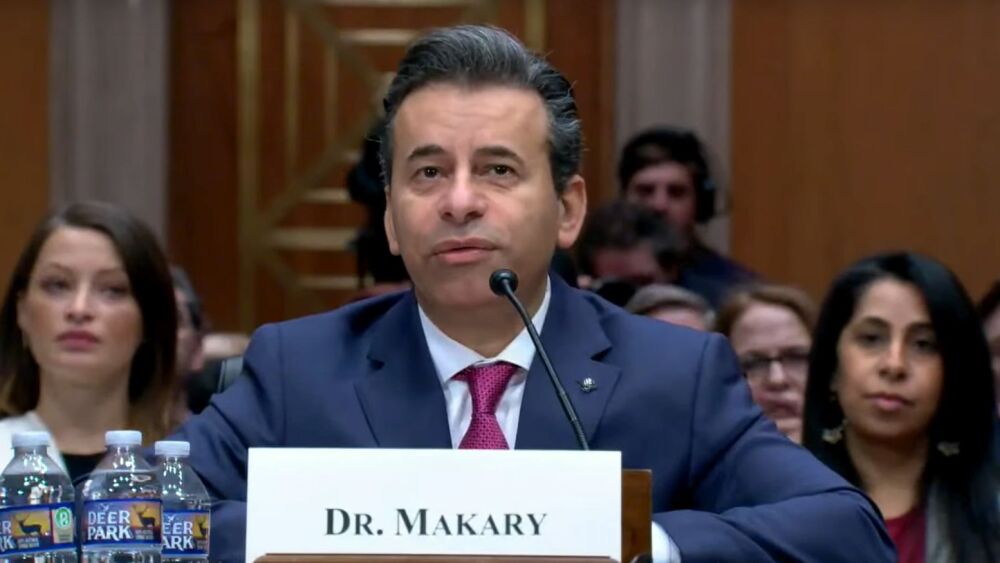Finding the most cost-effective school for your undergraduate pharmaceutical degree can allow you to start working in the field without incurring astronomical student debt.
For those pursuing an undergraduate pharmaceutical degree, it can be stressful to determine exactly where, how and when to pursue a degree. With a myriad of options out there, it’s often difficult to narrow down your options. Fortunately, we’ve put together a guide to help you find the most cost-effective, affordable undergraduate pharmaceutical degree options for you.
Affordable Undergraduate Pharmaceutical Degree Options
Looking at how much financial aid is typically given at the schools you are considering can help you find the most cost-effective options for a pharmaceutical degree. You can usually find out what the average student gets in grants and scholarships with a quick search on the school’s website.
If you’re looking to save some money, a school in your home state may be the best option.
Consider a State University
Public universities within each person’s home state will often have the lowest tuition rates. For example, California State University tuition for state residents is only about $6,700 per year. Room and board on campus can be about $16,000 per year. If you happen to live near one of the schools offering pharmaceutical programs, you can get your four-year degree for under $50,000. On the other hand, out-of-state students studying at California State pay about $42,000 per year for tuition, more than three times the in-state rate.
Some state universities are not only economical for their residents, but they also sometimes have lower tuition for out-of-state students than many private schools. An example is the University of North Dakota, where in-state tuition is about $10,200 and out-of-state is only about $14,500, which is less than twice the rate and substantially less than the $40,000 or $50,000 tuition at some private colleges.
Many public universities offer pharmaceutical or lab science programs. For example, two of the three largest American states have several universities that offer pharmaceutical and science programs with low in-state costs.
The University of California offers pharmaceutical degree programs in Southern California, the University of California at San Francisco and San Diego, U.C Davis and U.C. Irvine. Tuition for residents is currently $13,104, and with other fees, room, and board, the annual cost totals $38,504 per year. The state awards grants and scholarship money for most students, with the average yearly award totaling $18,000. Many California schools made the U.S. News list of the Best Pharmacy Programs.
Texas offers programs at the University of Texas at Austin, Texas Tech and Texas Southern University. Unlike California, each school has a different tuition rate. For example, in Austin, the annual cost of attendance for a Texas student living on campus is $29,442.
Other economical public universities offering pharmaceutical degrees with in-state tuition under $13,000 per year include:
- University of Washington and Washington State University
- University of Hawaii at Hilo
- The University of Buffalo and CUNY York in Queens, NY
- Oregon State University
- The University of Florida and Florida A&M University
- University of Georgia
- University of Arizona
- University of Idaho
- University of Mississippi
- University of Wisconsin at Madison
- University of Cincinnati
- Virginia Commonwealth University
- Purdue University
Public Universities in some states offer low tuition rates for both in-state and out-of-state students. For example, the University of South Dakota has a unique tuition plan. You are considered a resident if you live in South Dakota or if you live in Colorado, Iowa, Montana, North Dakota, Nebraska, or Wyoming. Residents currently pay $9432 for two semesters totaling 30 hours. While residents of Minnesota don’t qualify as residents, they only pay an extra $500 per year for tuition. If you come from any other state, tuition is still only $12,942. Housing and food services add about $8000 per year for everyone.
Consider Community College
Most state universities partner with their community college counterparts to save students money. By taking a year or two of transferable core pharmaceutical degree courses, students can save not only on tuition but on living expenses as well, since they can often remain in their parent’s homes while studying.
Community colleges have other advantages as well. First, if you didn’t do as well in high school as you could have or didn’t score well on standardized tests, community colleges are easier to get into. Class sizes tend to be smaller, and individual help is easier to acquire. If you do well there, four-year colleges consider that a success when you apply to transfer. With so many pharma students continuing beyond a bachelor’s degree, the cost-effective measure of starting at a community college can allow students to get an education for less.
The Takeaway
When you’re looking for a cost-effective way to attain an undergraduate degree in pharmaceuticals, look to community colleges and state schools. If none of your state’s public colleges offer the pharmaceutical degree program you want, consider one of the public colleges offering reasonable out-of-state tuition for your undergraduate program. Compare college financial aid statistics and living expenses for each school. You may also want to consider what advanced degrees are offered if you plan to continue your education after the first four years.





